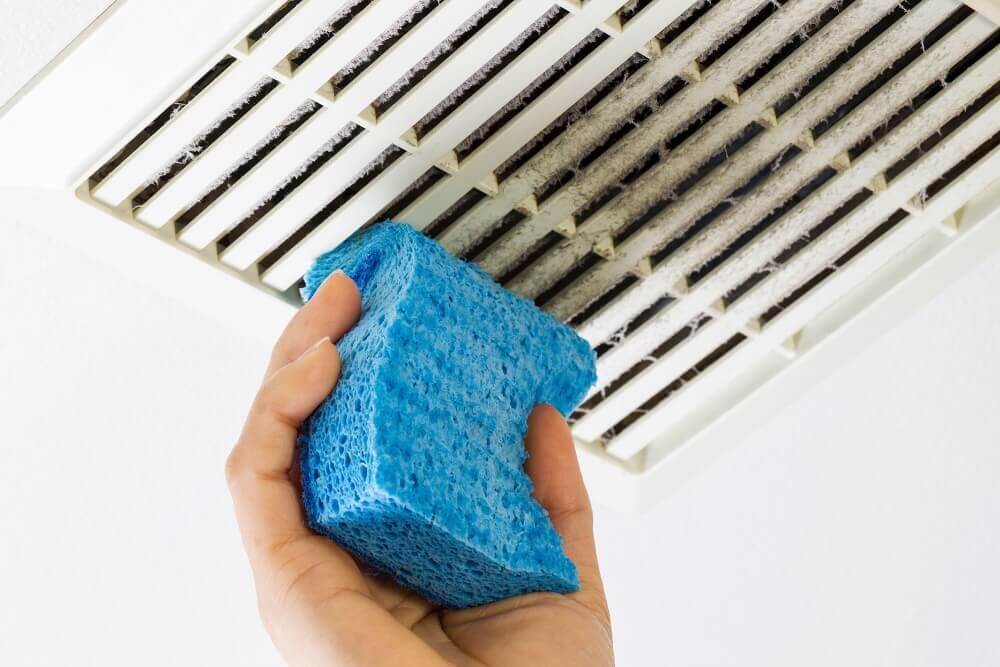

There are many different types of ventilation Trusted Source Ventilation and masks are key to curbing Covid | Letters | The Guardian Letters: <strong>Dr Jonathan Fluxman</strong> and <strong>Alan Sharples</strong> on the alarming lack of emphasis on ventilation in official guidance, <strong>Dr Louis B Quesnel</strong> on the safety of surgical-grade masks, and the <strong>Rev Rachel Larkinson</strong> on a more peaceful Christma www.theguardian.com projects that you may have to do in your home, including installing bathroom exhaust fans, window fans, and attic fans. Though these are all related to cooling down your home during warm weather, the dryer vents are more for getting rid of the hot air your dryer produces. This type of project is relatively easy to accomplish in only an hour or so, though trying to do so in a small area can be trickier than you may think.
Luckily, it isn’t impossible to learn how to hook up a dryer vent in a tight space. You do need to be careful to avoid damaging any of the parts and you may need to alter which ones you choose for this type of project. Once you have the right tools and materials, you’ll be ready to get started.
When it comes to hooking up a dryer vent, you only need a few tools and an hour or two to get the job done. These tools include a screwdriver or drill, a couple of metal clamps, some aluminum foil tape, your chosen vents, and possibly a utility knife, though this last tool isn’t always required. The following instructions are for those who are replacing an existing dryer vent with a new one. Those who are putting in dryer vents for the first time can skip to the third step.

Before climbing back there, you should make sure you have the necessary tools for the job. You don’t need a ton of them and likely will only need a screwdriver or drill to tighten the metal clamps later near the end of the installation.
If you aren’t sure what size you need, you can grab a selection or a full tool kit to make sure you have what you need before you get started. The Tacklife 57-Piece Tool Set is popular due to the high-quality selection of tools and the small portable case that doesn’t take up a lot of space.

Though not always the case, there may be some old metal vent tape that was used on the vent connections that you need to remove as well. If so, a utility knife can make short work of this, though you do need to be careful not to cut anything important. After the old vent is removed, you can get rid of it, but you may want to hold onto the metal clamps to use with the new vent if they are still in good working order.

To install the dryer vent, place a metal clamp over the dryer’s flex vent. Then slip one end of your new dryer vent over the dryer’s metal flange, move the metal clamp into the proper position, and tighten it using a screwdriver or a cordless drill. Repeat this process to connect the other end of the flex vent to the metal flange in the wall behind the dryer.
Of course, if the vent is going high up on the wall or into the ceiling, you likely won’t be able to use a flexible foil dryer vent since these are usually too short for this. If this is the case, you’ll need to attach the flexible metal one to this area instead. This may also require the use of rigid metal elbows. This isn’t the best option for tight spaces since they can be damaged if the dryer is moved too far after installation, so only use these rigid pieces if absolutely necessary.

You can add a layer of this tape right over top of the clamp and flange, creating a nice tight seal that holds the vent in place. This also helps to prevent any of the hot air leaving the dryer from escaping through a gap in the vent and heating your basement or laundry room to an uncomfortable temperature.

Remove all of your tools and materials from the top of the dryer before moving it back to ensure nothing falls off as the dryer is moved. Then gently push the dryer back into its usual place. Do this slowly checking the vent every few inches to be sure you aren’t damaging it during this process. You should also make sure there are no kinks in the vent that could restrict airflow. When your dryer is back in its usual place, it is ready to use.
Though it isn’t too hard to learn how to hook up a dryer vent in a tight space, it can be awkward and tricky to get done with such limited space. Luckily, with the right materials and tools, as well as a bit of patience, it is possible for even those who have never tried out a project like this to get the job done.
You don’t need a lot of equipment for this job, either, so it is a much cheaper project than some of the others you may have on your list. You only need a screwdriver or drill, two metal clamps, metal foil tape, and a flexible foil vent for this process, making it a breeze to accomplish for even beginners to home improvement.





